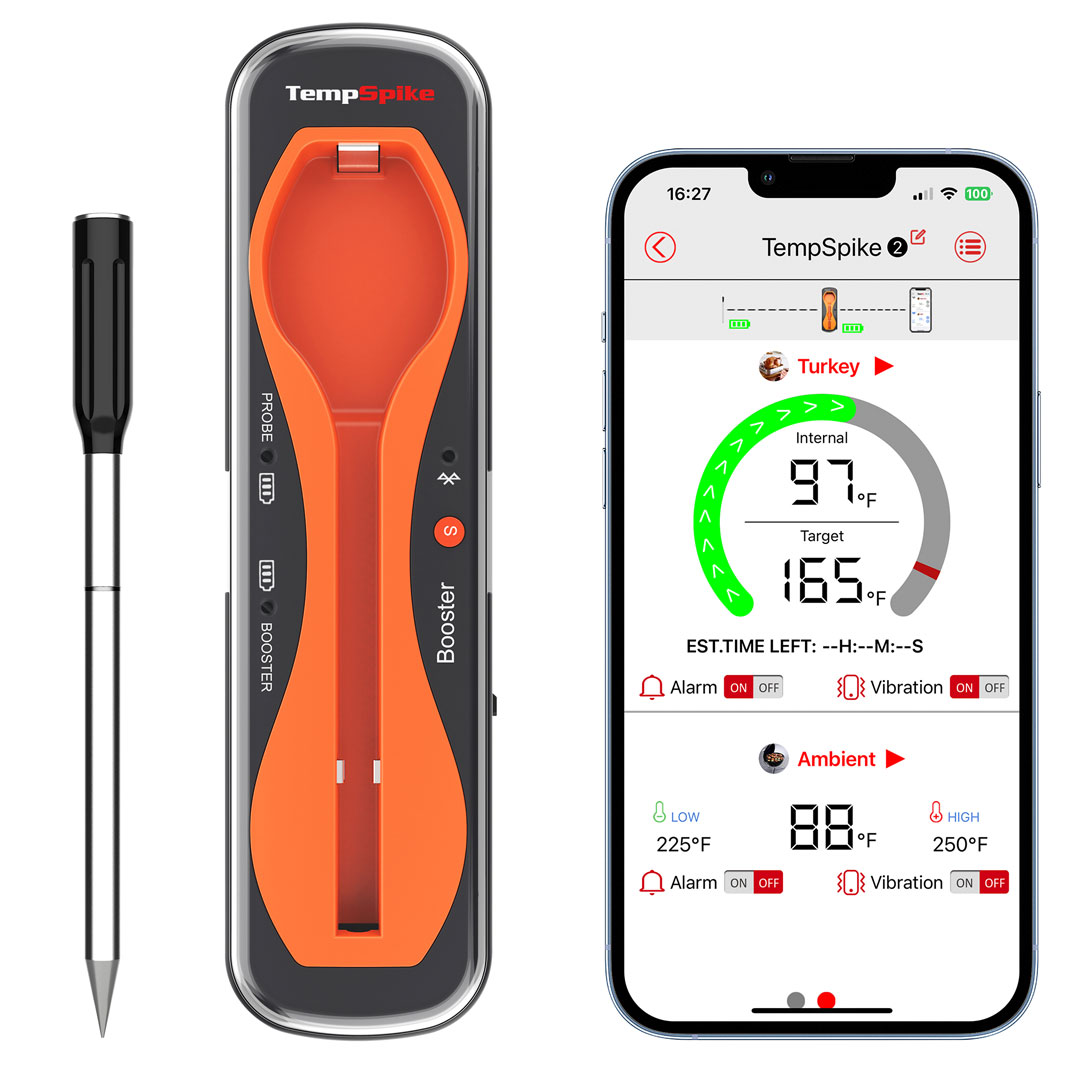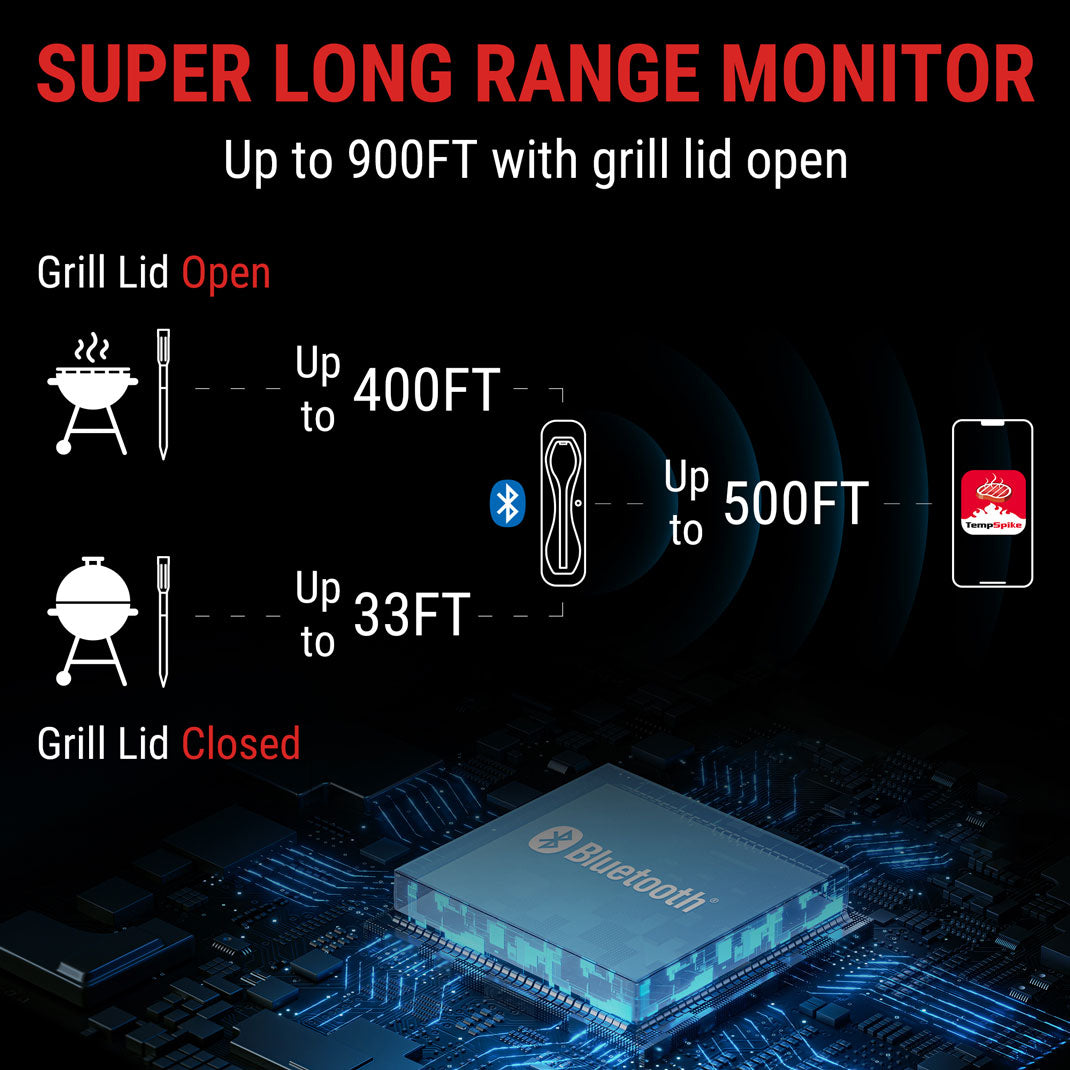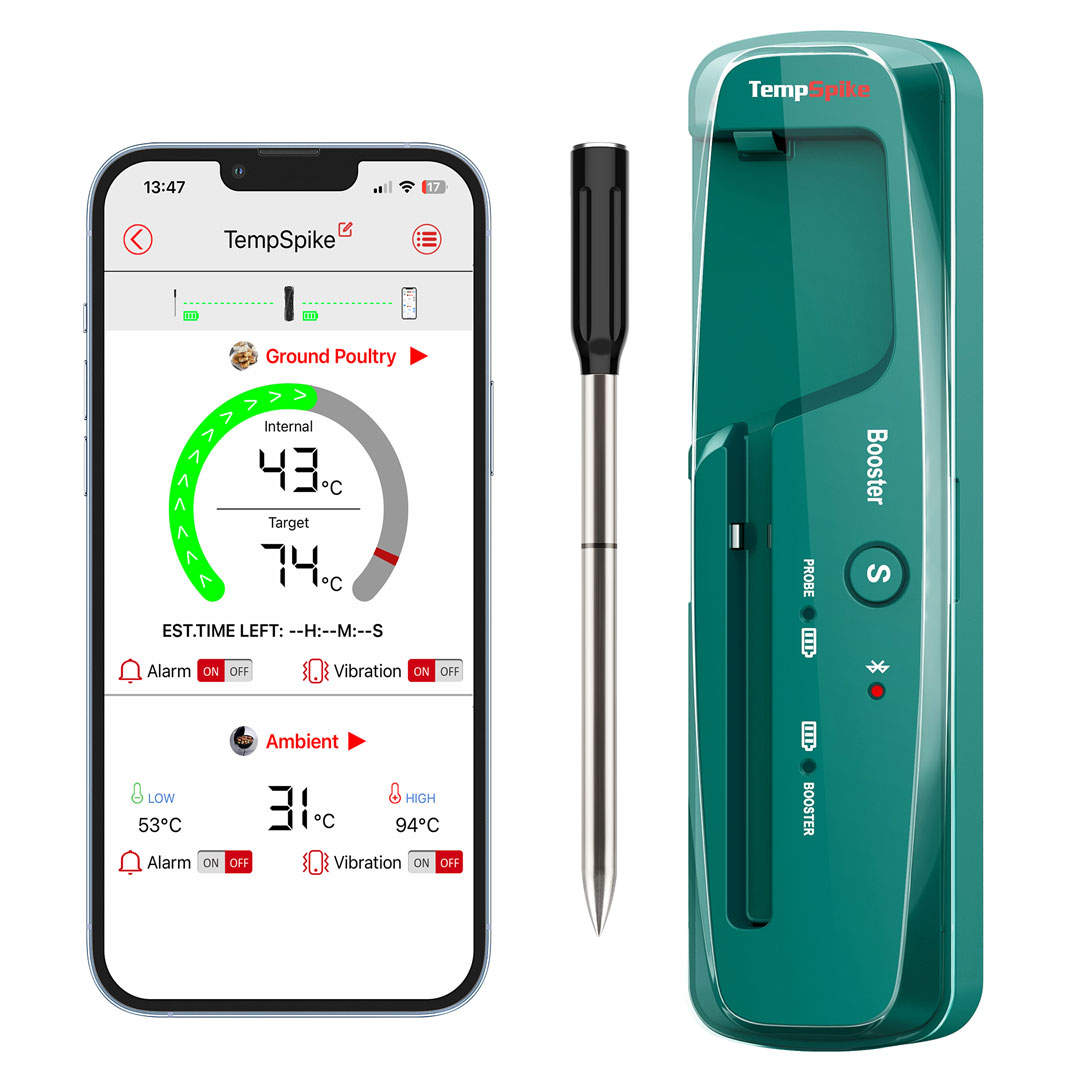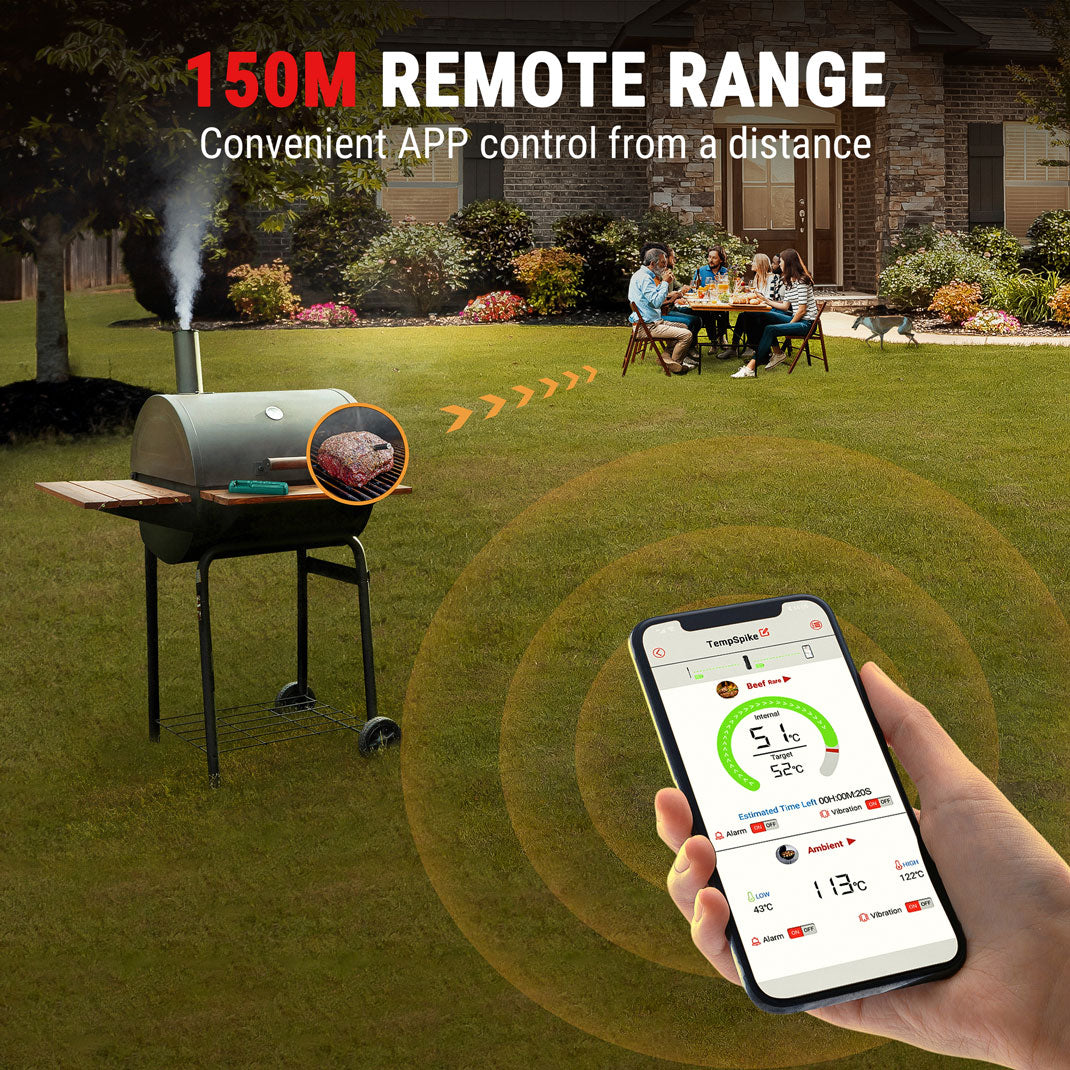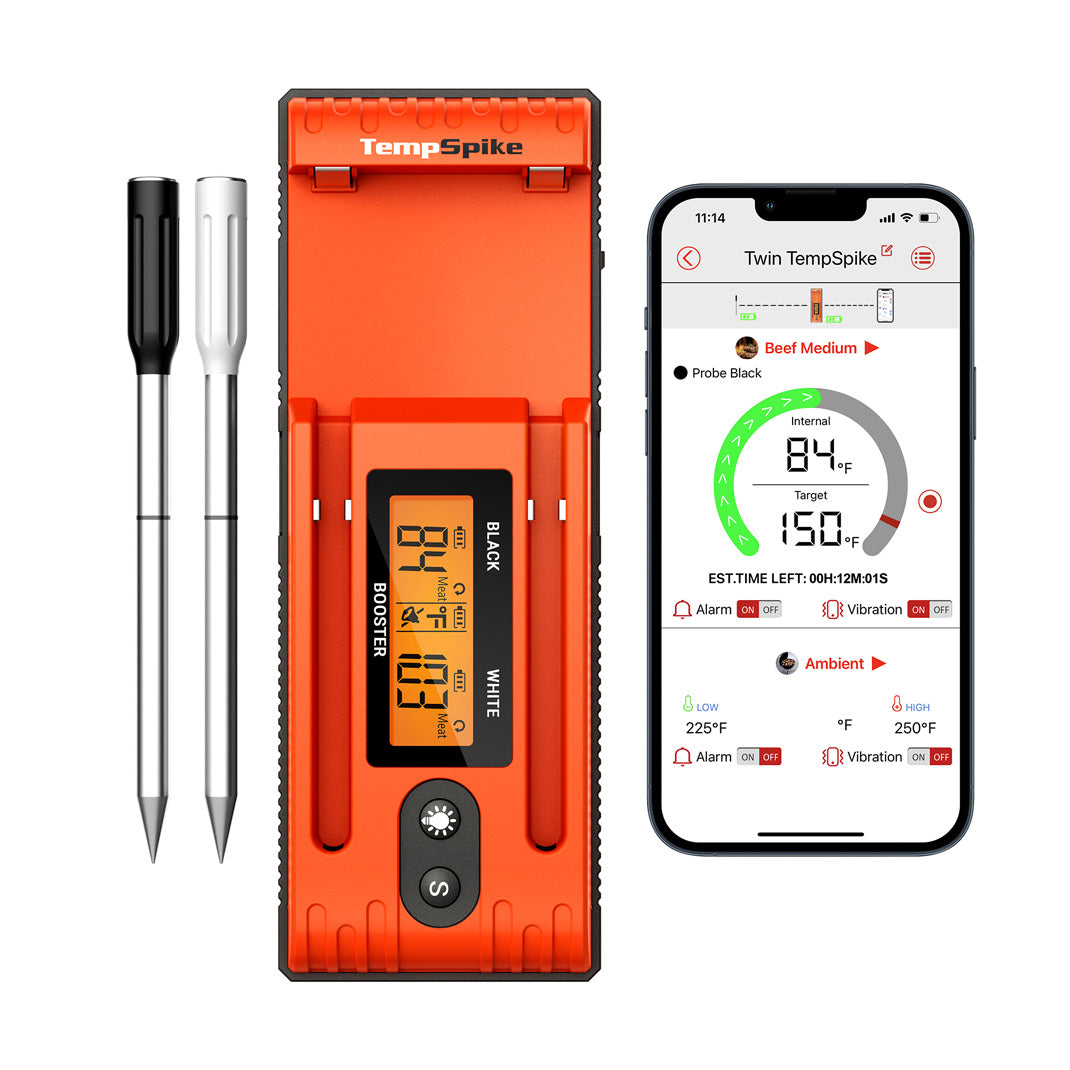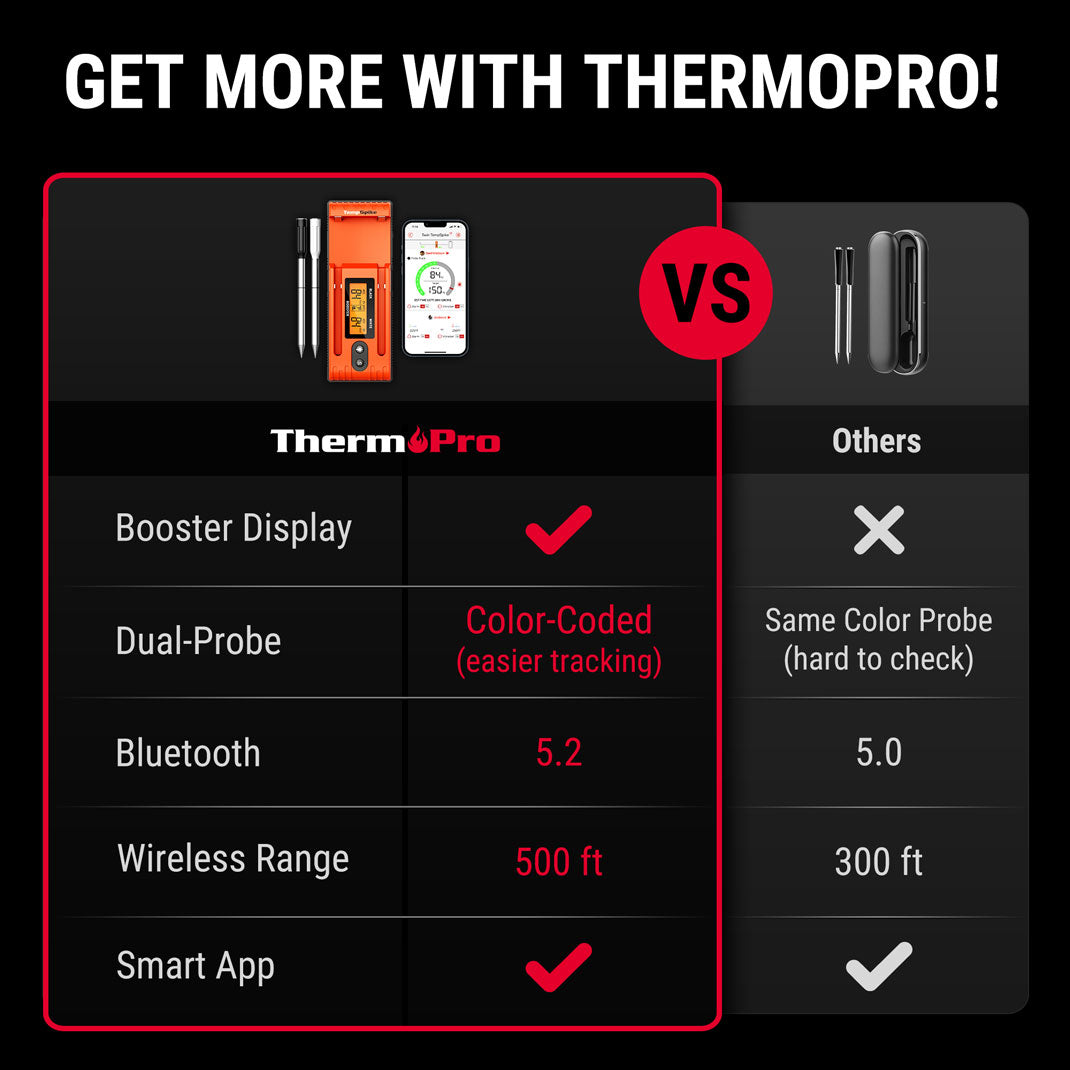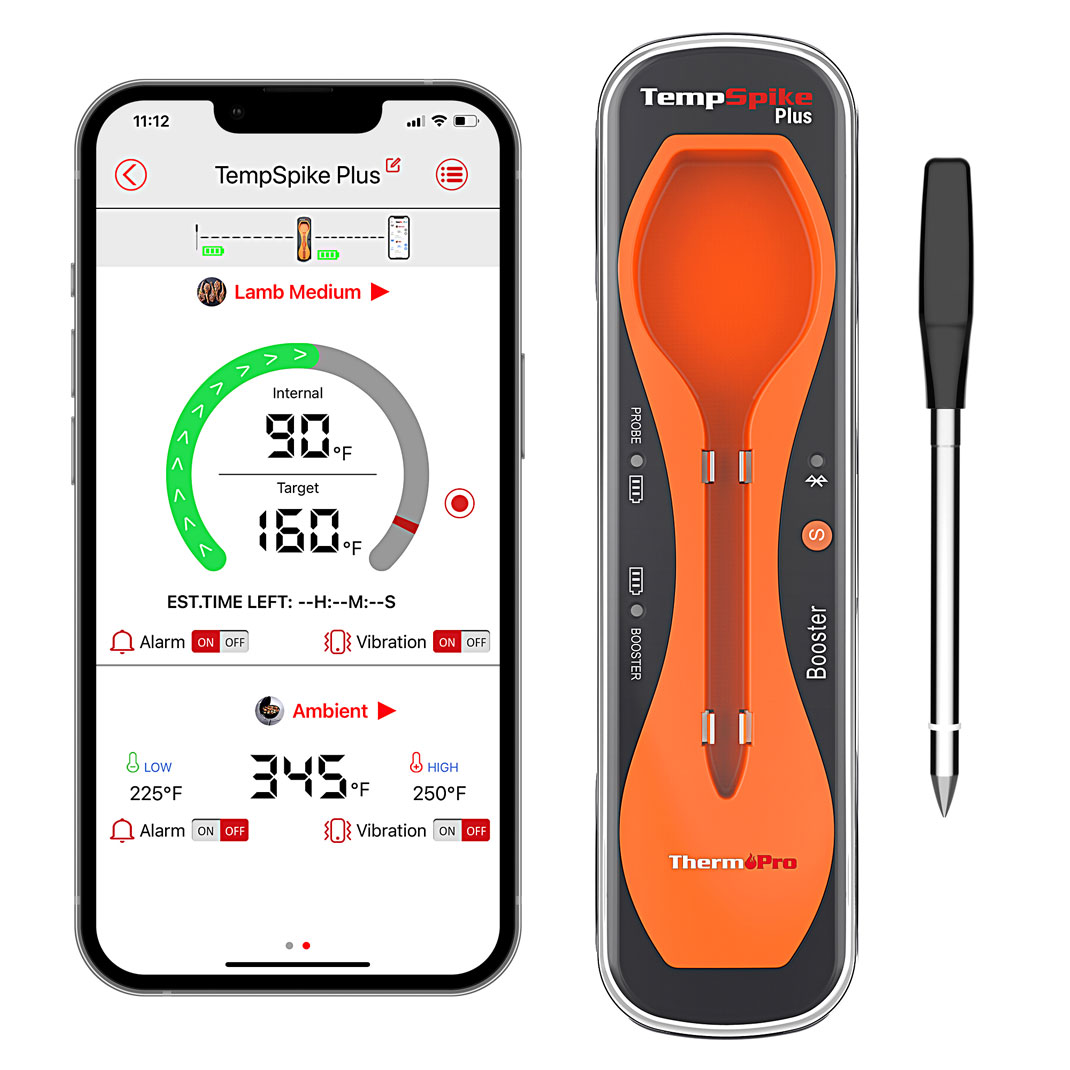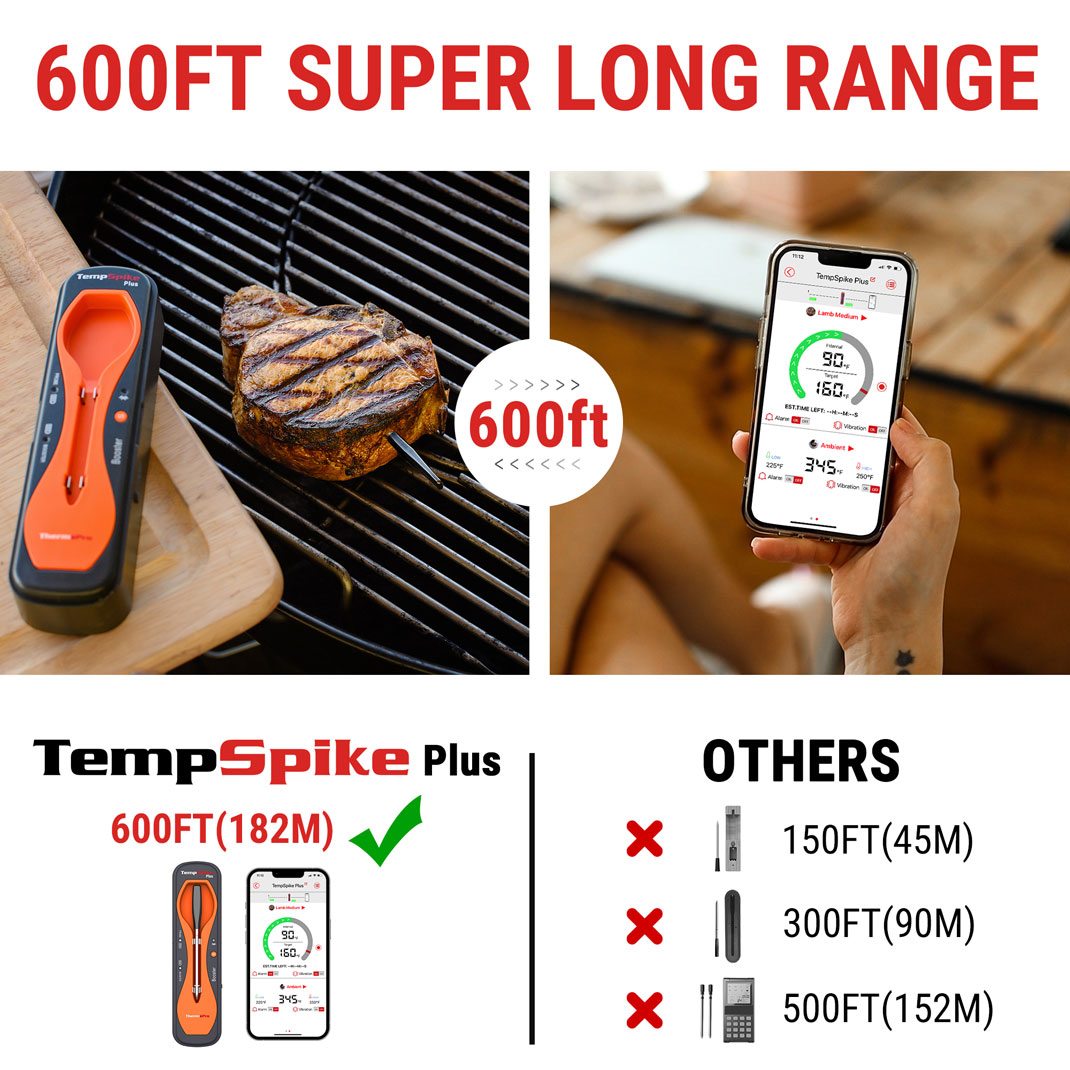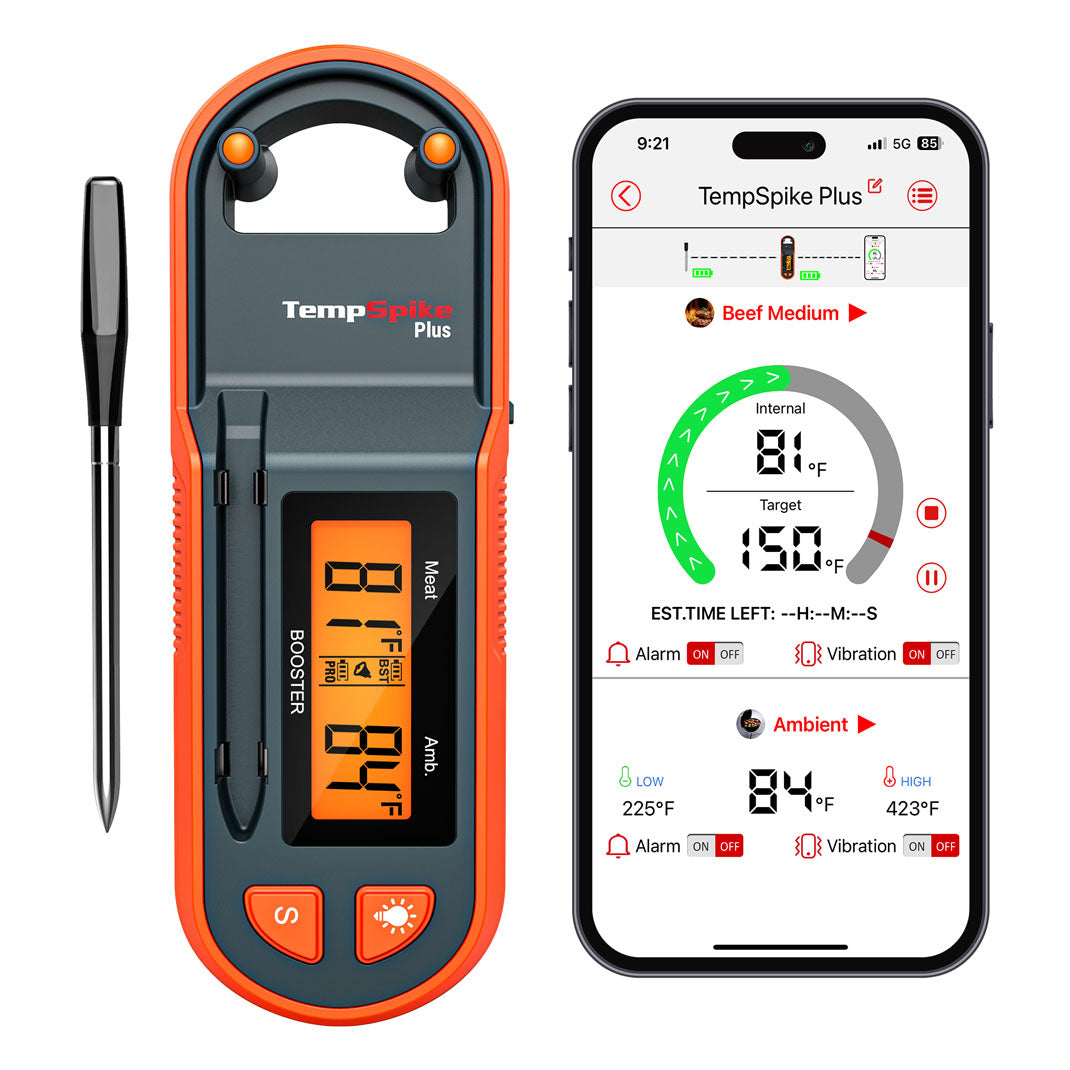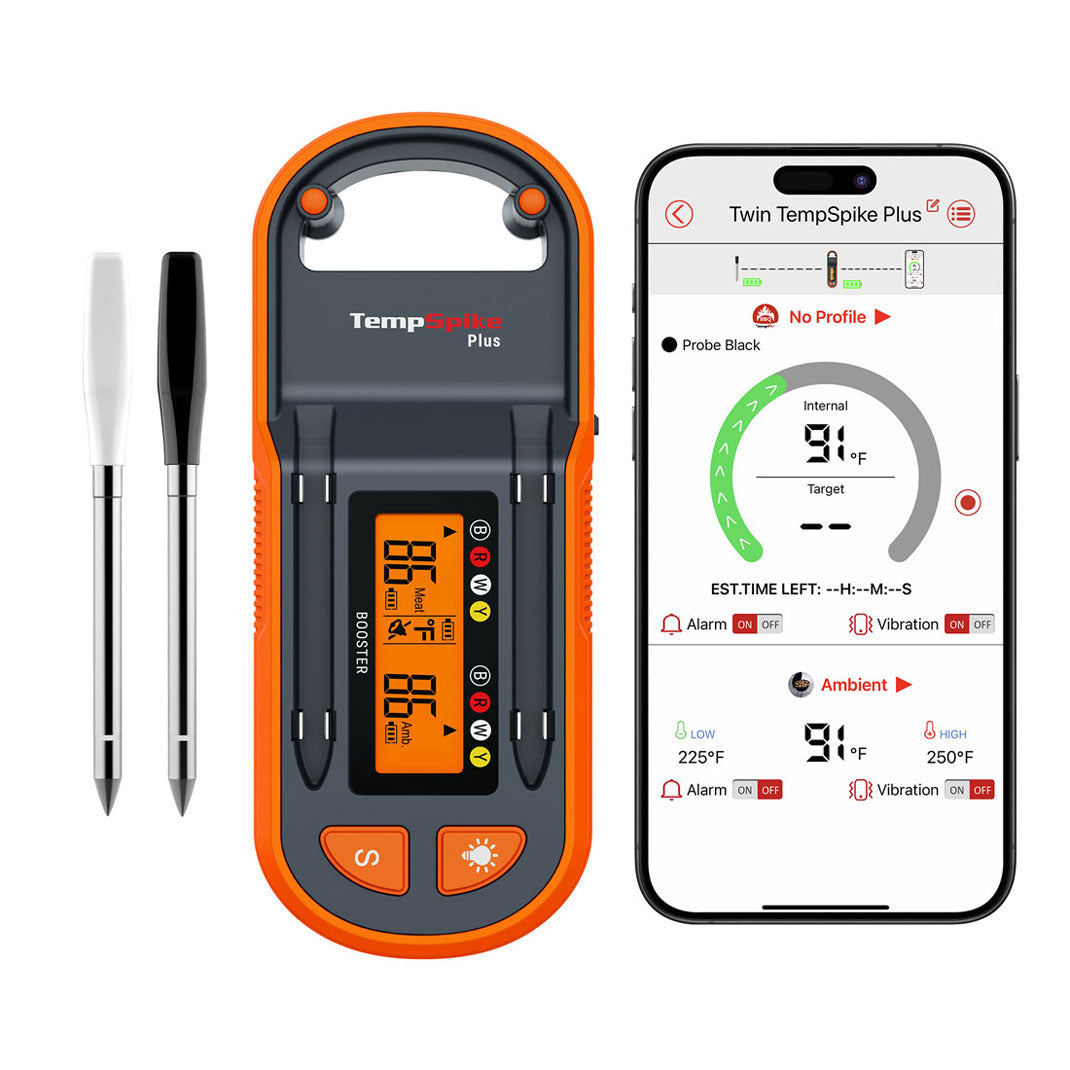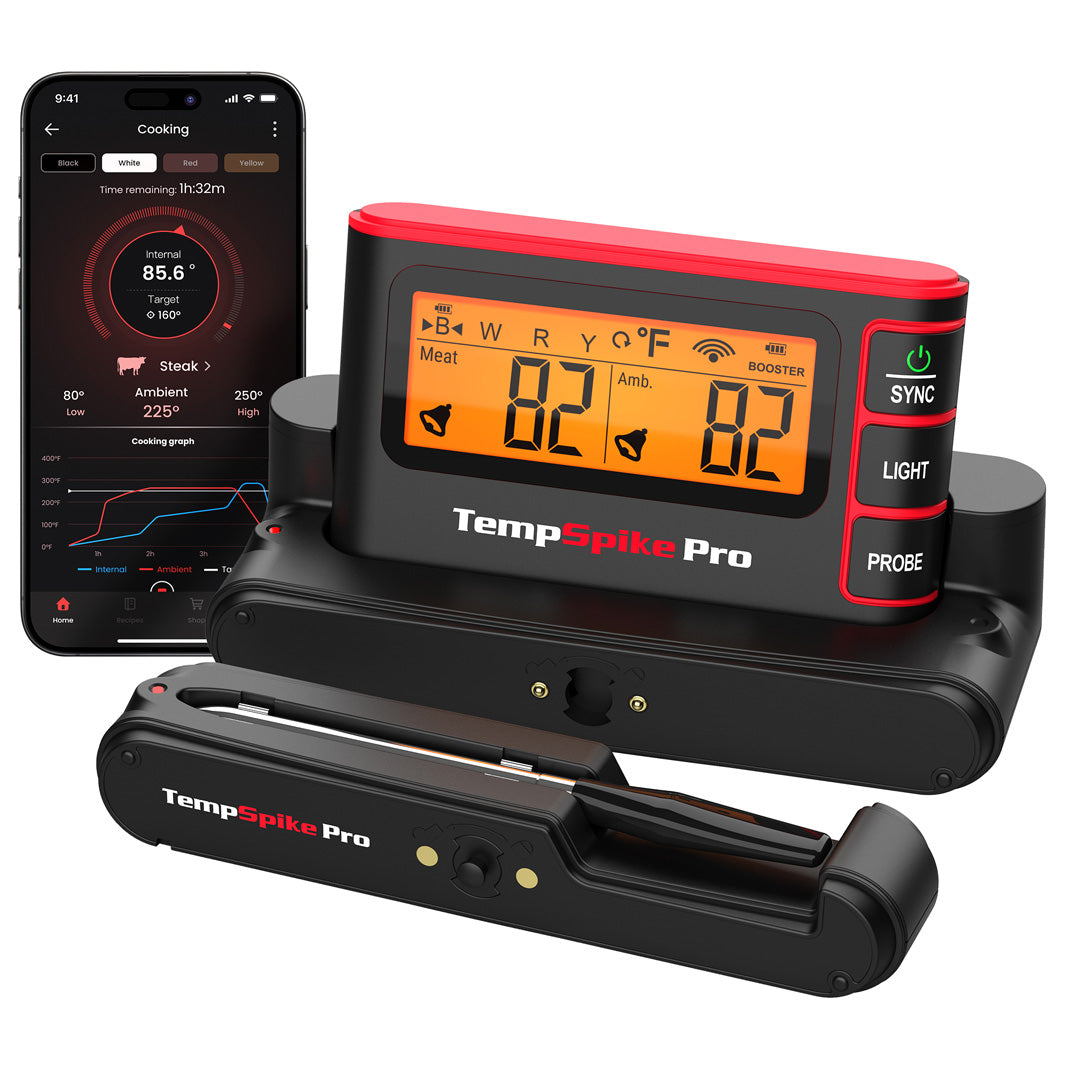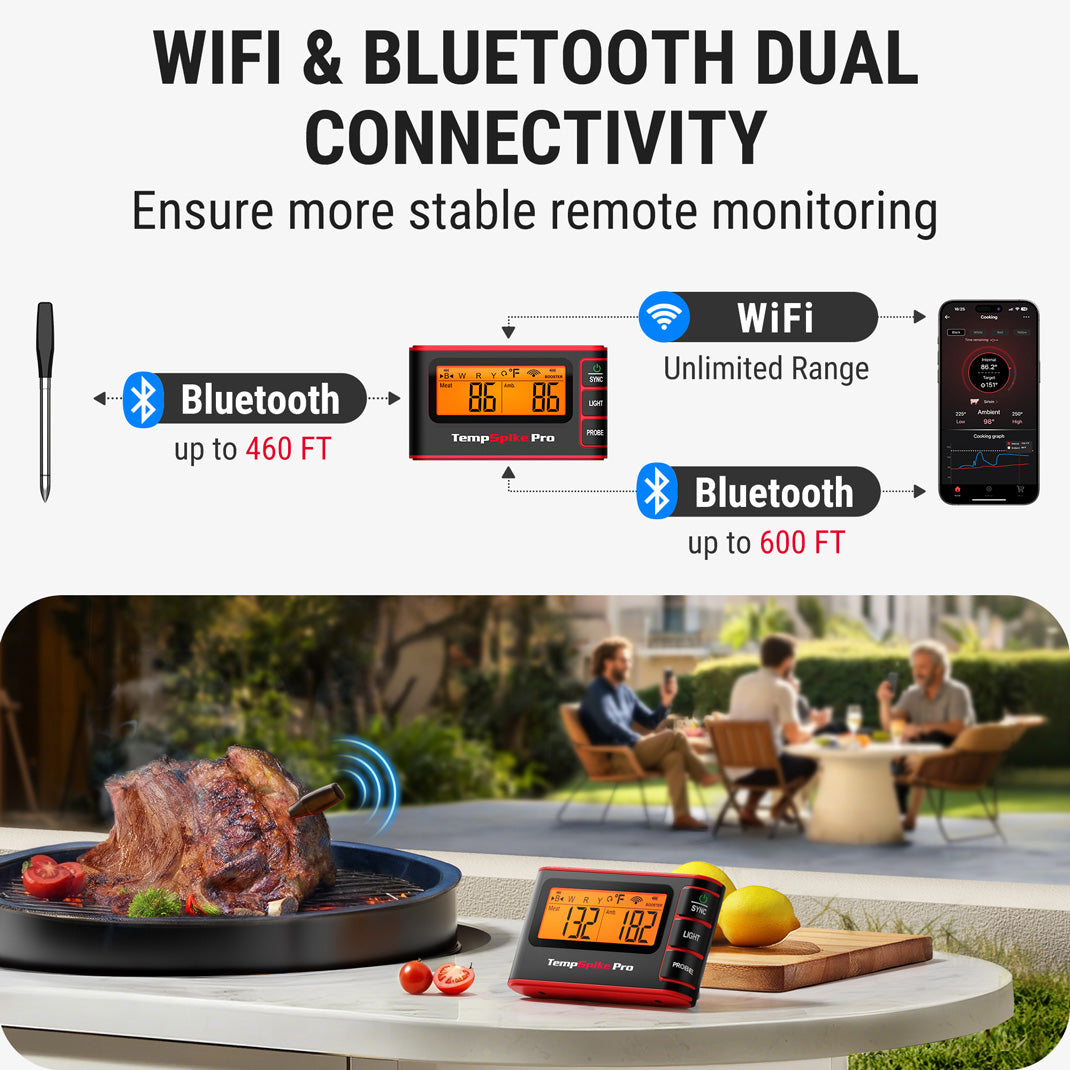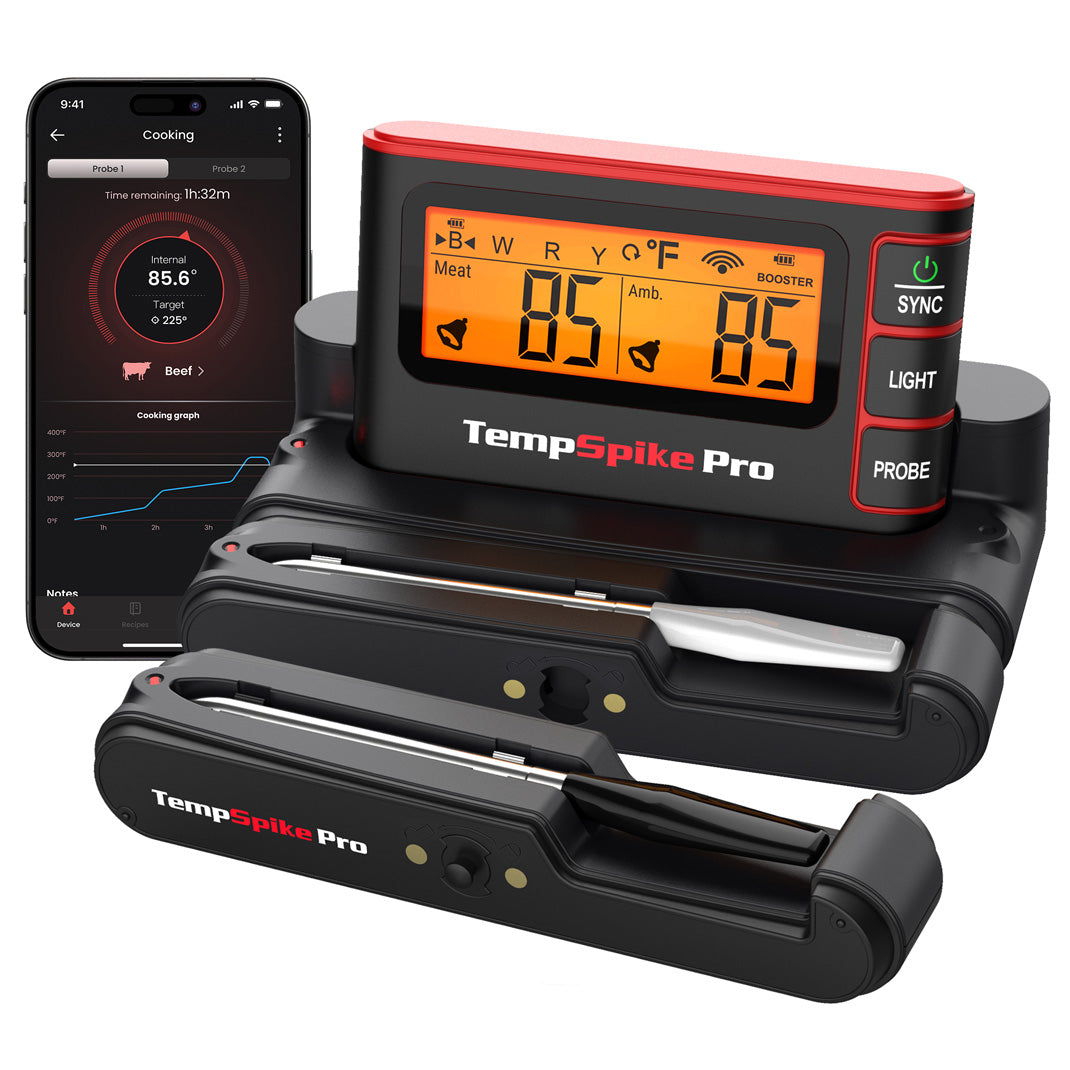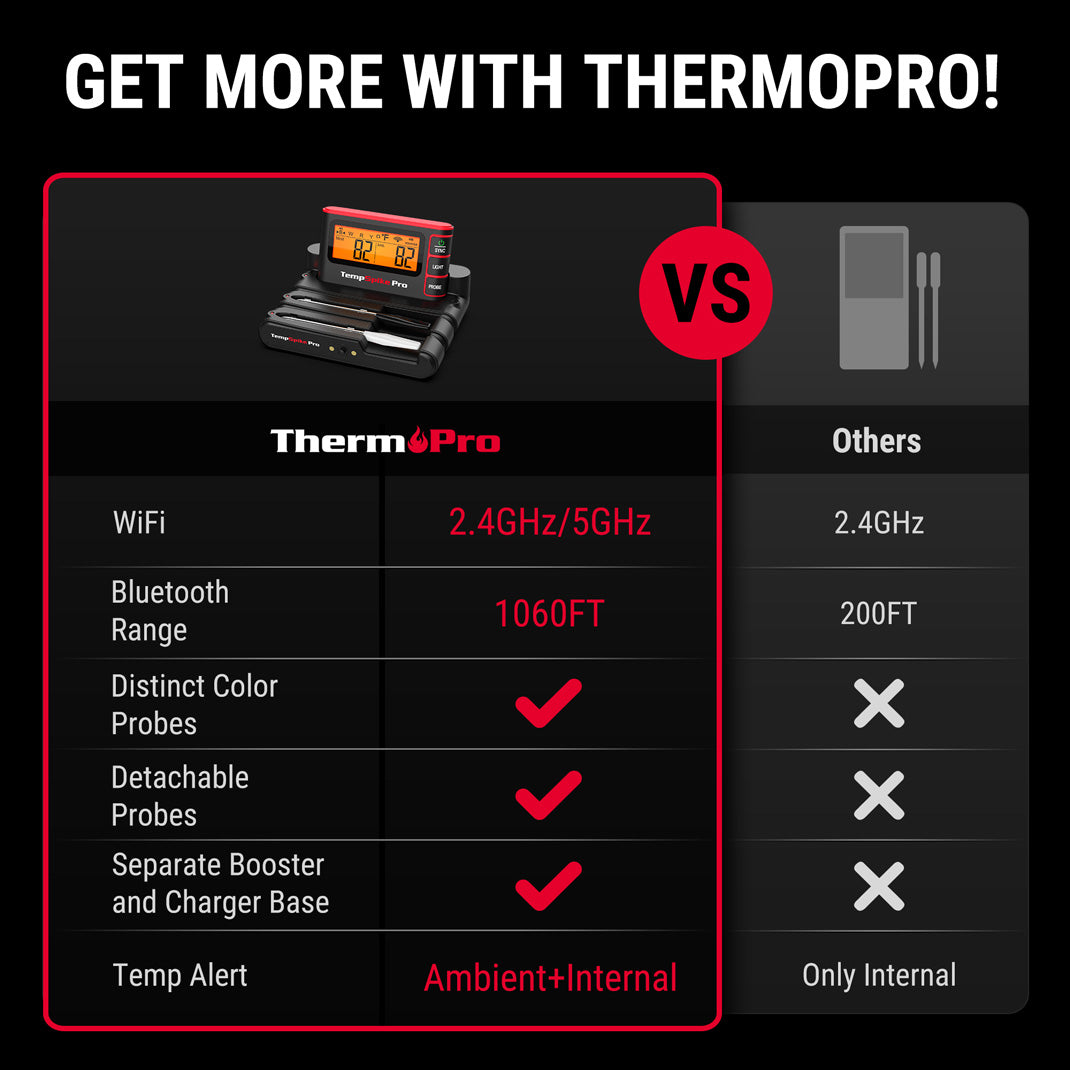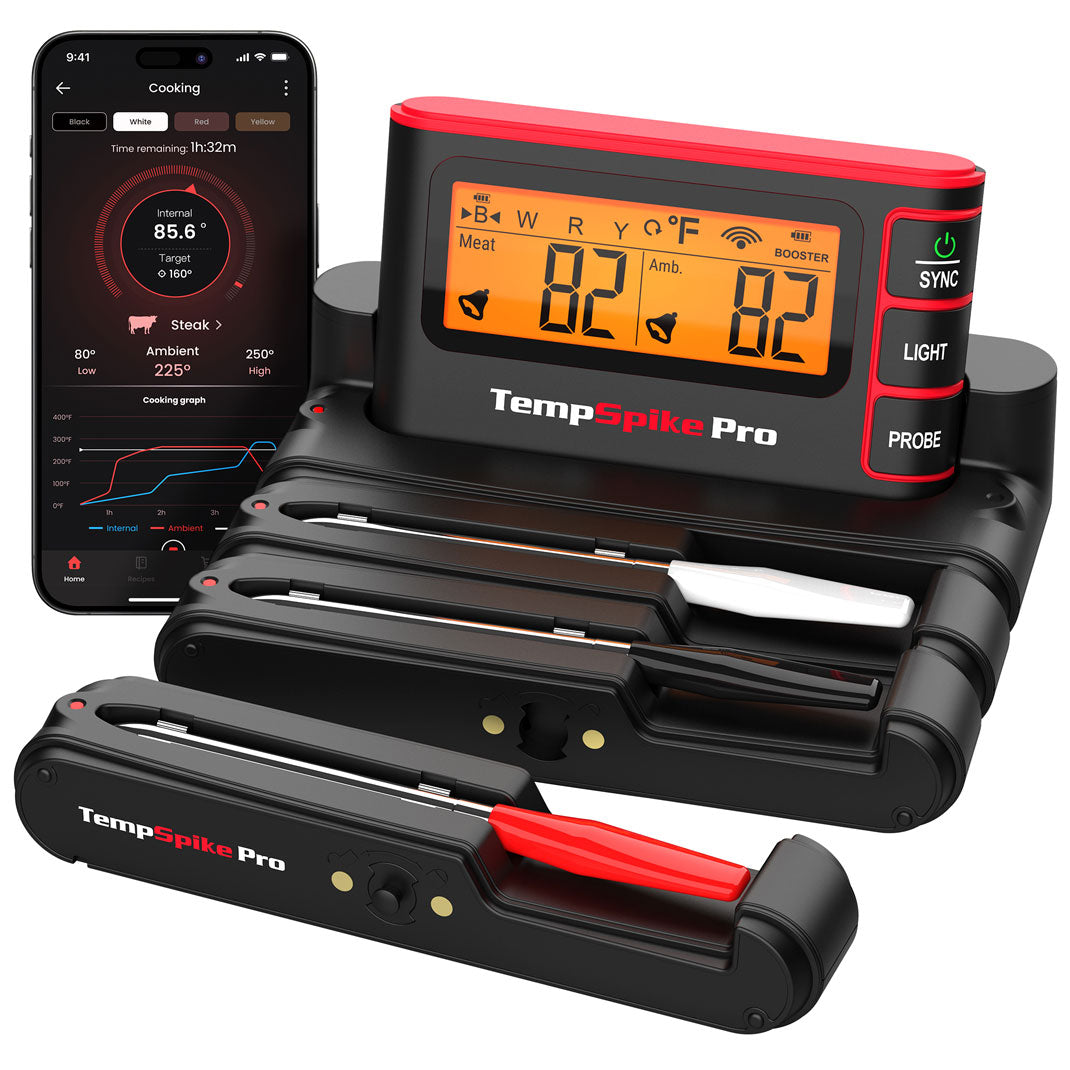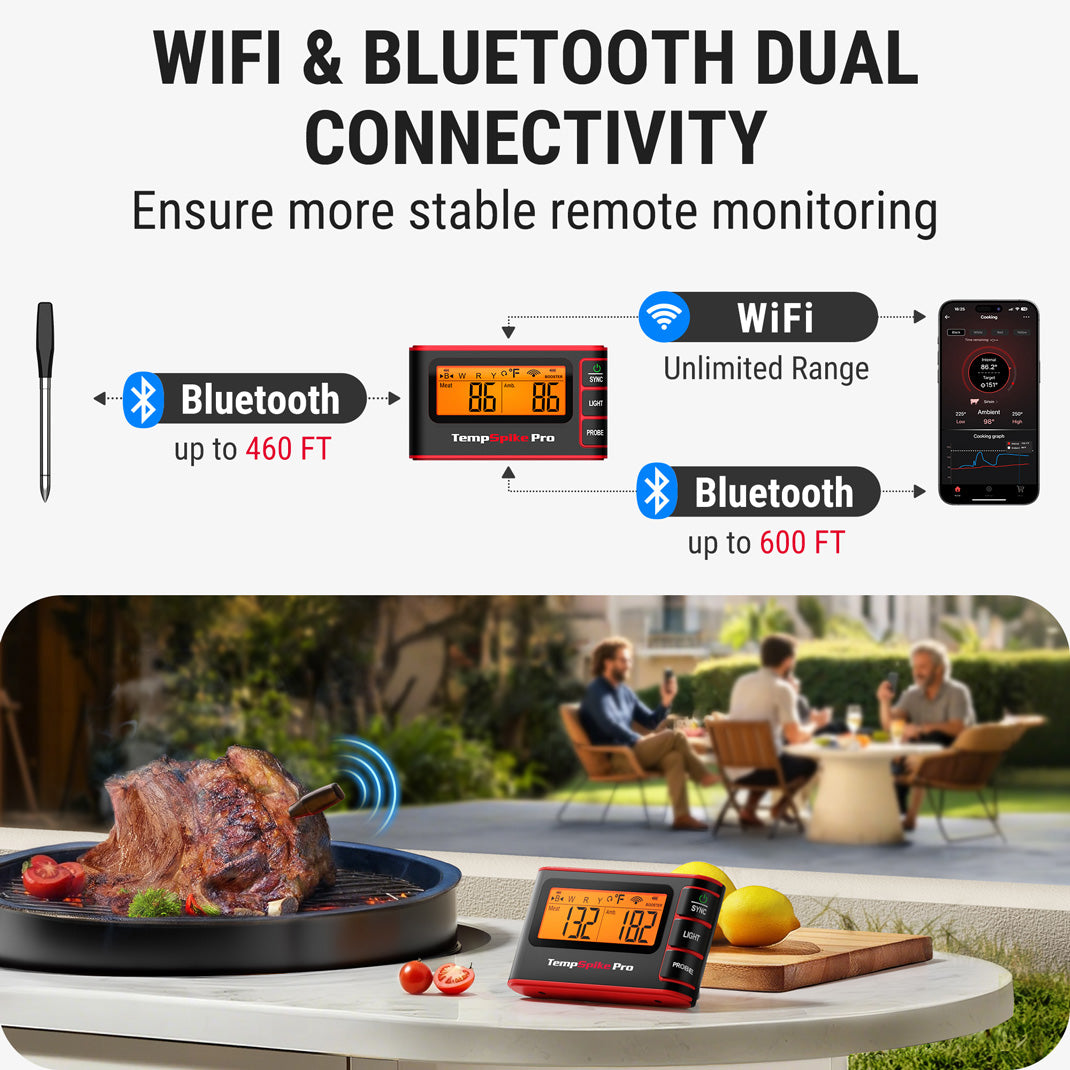How to Know When Brisket Is Done?






 288 Comments
288 Comments
If you're a barbecue lover or home chef, there's one cut of meat that truly tests your skills and patience: brisket. Smoking or slow-cooking a brisket is a culinary art — and one of the most common questions people have is: How do I know when brisket is done? Is it by time? By temperature? By how it feels?
In this guide, we'll walk you through exactly how to tell when your brisket is perfectly done, combining expert techniques, temperature targets, and tactile tests.
Why Brisket Is Tricky to Cook
Brisket is a tough, fatty cut from the lower chest of the cow. It's full of connective tissue (collagen) that requires low and slow cooking to break down and become tender. If undercooked, brisket is chewy and tough. If overcooked, it can dry out. Unlike cooking steaks, where you can go by look and feel alone, brisket requires precision, especially for beginners.

4 Ways to Tell Brisket Done Temperature
Here are the proven methods used by BBQ pros and home cooks alike:
#Brisket Internal Temperature (The Most Reliable Method)
The best way to determine doneness is by monitoring the brisket internal temperature. The ideal brisket done temperature falls between 195°F and 205°F. This is the sweet spot where the collagen has melted into gelatin, resulting in juicy, flavorful meat.
Brisket Temperature Chart:
- Stall begin: 150°F - 170°F
- Wrap time: 165°F
- Brisket Done Temp: 195°F - 205°F
- Resting Recommended: 1+ hour
At 195°F, the collagen begins to fully render.
Around 203°F is the sweet spot for maximum tenderness.
Going above 205°F risks drying it out unless it's wrapped and rested well.
Don't just rely on grill temperature — always measure the internal meat temperature.
Recommended Tool: ThermoPro TP980 TempSpike Pro WiFi Meat Thermometer
Knowing the perfect brisket done temperature often comes down to temperature control. That's where the ThermoPro TP980 TempSpike Pro WiFi Meat Thermometer comes in.
Key Features of TP980:
- Unlimited-Range WiFi Connectivity: Monitor your brisket from anywhere via smartphone.
- 1060FT Bluetooth Connectivity: Monitor your brisket from up to 1060ft away.
- Ultra-Precise Sensor: Accurate to ±0.5°F, ideal for slow-smoked meats like brisket, No more guesswork.
- 4-Probe System: Track 4 cuts of meat, and the internal brisket temperature and the ambient grill temperature simultaneously.
- Smart App Integration: Compatible with iOS and Android, includes real-time alerts, and customilized cooking presets, and visual progress bar.
- Customizable Temp Alerts: Get notified the moment your brisket hits the target temperature.
- Long Battery Life: each probe can last for 36 hours, enough for the longest smokes.

Why It's Essential: Brisket often “stalls” at 150–170°F due to evaporative cooling (a common pitmaster frustration). ThermoPro TP980 helps you monitor and make informed decisions (like wrapping in butcher paper), ensuring your brisket is perfectly cooked every time.
# The “Probe Test” (Feel Method)
Once your brisket hits your target beef brisket doneness temperature, use a meat thermometer or skewer and insert it into the flat and the point of the brisket. If it slides in like soft butter, with no resistance, it's done.
This test helps confirm whether you've reached the ideal beef brisket temp for tenderness. Use this method in conjunction with your thermometer for best results.
#Jiggle Test (The Pitmaster's Favorite)
Once rested, pick up the brisket gently with tongs and give it a little shake. A fully cooked brisket will jiggle like Jell-O, especially in the point area (fattier end).
This test works well once you've removed it from heat and rested for 30–60 minutes.
#Bend Test (Post-Rest Check)
Cut a slice of brisket about the width of a pencil. Hold it horizontally by one end.
- If it bends without breaking and nearly folds over your finger — it's perfectly done.
- If it tears or cracks easily, it may be overcooked.
- If it stays stiff, it's undercooked.
This test is a great final check for beef brisket done temp validation.
What About the Brisket Stall?
The “stall” is a natural part of cooking brisket, usually occurring around 150–170°F, when moisture from the meat evaporates and cools the surface, slowing internal temperature rise.
How to Handle It:
- Wrap it in butcher paper or foil (the “Texas Crutch”) at \~165°F to push through the stall faster.
- ThermoPro TP980's smart alerts can tell you exactly when the stall begins — and when you break through.
Best Methods to Cook Brisket
Choosing the right cooking method is just as important as knowing your brisket internal temperature. Here are the most popular and effective ways to cook brisket to perfection:
Smoking (Low and Slow)
This is the classic Texas-style method and the gold standard for flavor. Set your smoker to 225°F - 250°F and use wood like oak, hickory, or mesquite. Cooking can take 10-15 hours, depending on brisket size.
Pros: Deep smoky flavor, great bark formation
Learn more about helpful smoking brisket tips to cook it in an easy way.
Recipe: Brisket Boat
Oven Roasting
If you don't have a smoker, your oven can still yield great results. Preheat to 275°F, wrap the brisket in foil or place in a covered roasting pan, and cook until internal temp reaches 195°F - 205°F.
Pros: Consistent temperature, easy to manage
Tips: Add broth or marinade to keep moisture during the long cook
Recipe: Sliced Brisket Sandwiches
Slow Cooker
This method is convenient and nearly foolproof. Cut the brisket to fit, add broth or sauce, and cook on low for 8–10 hours.
Pros: Set it and forget it, very tender meat.
Tips: You won't get a smoky flavor or bark, but it's great for indoor meals
Sous Vide + Smoke Finish
Vacuum-seal the brisket and sous vide at 155°F for 24–36 hours, then finish on a grill or smoker for bark and smoke flavor.
Pros: Maximum control over doneness and texture
Tips: Requires planning, but gives competition-level results

Common Questions About Beef Brisket Temperatures
When cooking brisket, temperature is everything—but it can also be confusing! Below, we answer the most common questions about brisket done temp, so you can cook with confidence.
What's the ideal internal temperature for brisket?
The ideal internal temperature for brisket is between 195°F and 205°F. Many pitmasters find 203°F to be the sweet spot for tender, juicy brisket.
How do I know when brisket is done?
Use a meat thermometer to check for 195°F - 205°F internal temperature, and confirm with the probe test and jiggle test.
How do you know when a brisket is done without a thermometer?
While not ideal, you can use the probe test and bend test, but results won't be as consistent.
Can I overcook a brisket?
Yes. If you cook brisket well past 205°F, especially without wrapping or resting it, it can dry out and lose its texture. Always monitor with a meat thermometer and rest properly.
Is brisket done at 190°F?
At 190°F, brisket may be close to done, but it usually hasn't reached peak tenderness. It's best to continue cooking until at least 195°F, checking for tenderness with a probe.
Why does my brisket stall at 165°F?
This is known as the brisket stall temp, caused by moisture evaporating from the meat's surface, cooling it down. Wrapping the brisket in foil or butcher paper can help push past the stall.
Should I rest brisket after it's done?
Absolutely. Resting helps the juices redistribute and enhances tenderness. Wrap it and let it rest in a cooler or warm oven for at least 1 hour.
Can I cook brisket faster at a higher temperature?
While it's possible to cook brisket faster using higher temps (hot and fast method), it increases the risk of uneven cooking. Low and slow remains the best method for consistently great results.
What happens if I slice too early?
You'll lose juices, and your brisket might dry out. Always rest your meat.
After cooking, let the brisket rest for at least 1 hour, wrapped in foil and placed in a cooler or warm oven. This allows juices to redistribute and the meat to become even more tender.
Final Thoughts
Learning how to know when a brisket is done is both a science and an art. By using the ThermoPro TP980 TempSpike Pro WiFi Meat Thermometer, monitoring your brisket internal temperature, and applying classic tests like the probe and bend test, you'll serve up brisket that wows every time.
So next time someone asks, "How do you know when a brisket is done?" — you'll have all the answers, backed by skill and tech.
Comments
You May Also Like

The ThermoPro Guide: How to Tell When Raw Bacon Is Cooked
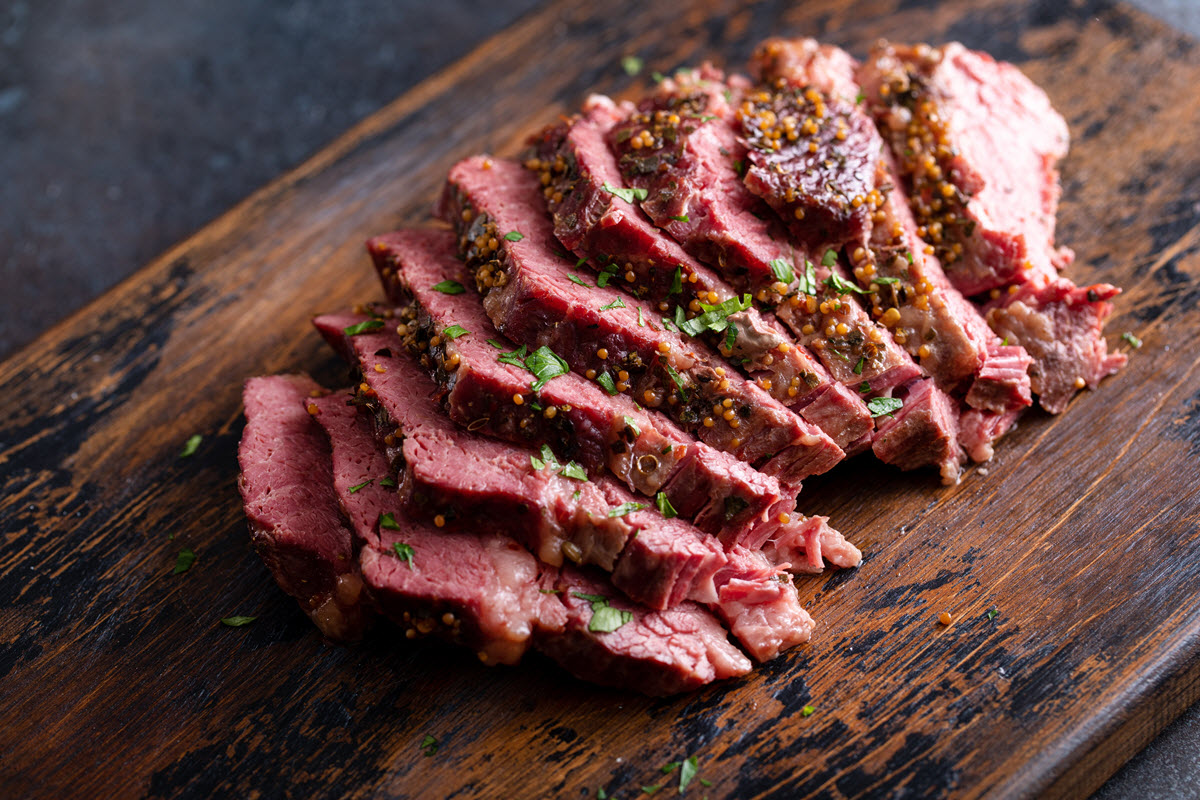
How Do You Know When Corned Beef Is Done?










